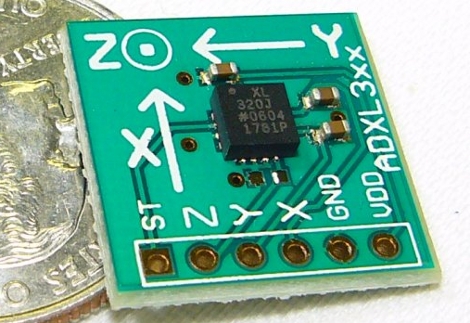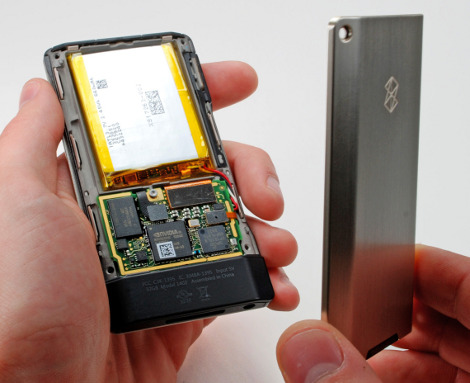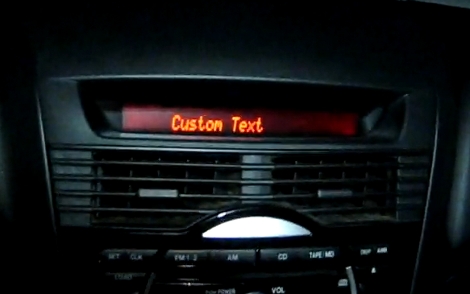
Accelerometers make for nice user interaction, that’s why every Apple product seems to have one included and the Nintendo Wii is still alive despite its underpowered graphics capabilities. Adding one to your project is pretty simple, just a matter of reading in analog data and interpreting it according to the datasheet. If you’re just starting out, here’s a tutorial on how to interface an accelerometer with a PIC microcontroller. They’re using an ADXL320 which can be acquired on a breakout board for about $30. The schematic and code are simple so even if you don’t intend to build the circuit (or want to use a different uC), this is easy to understand as an academic exercise.
[Thanks Skitchin]
[Photo credit: SparkFun]
















